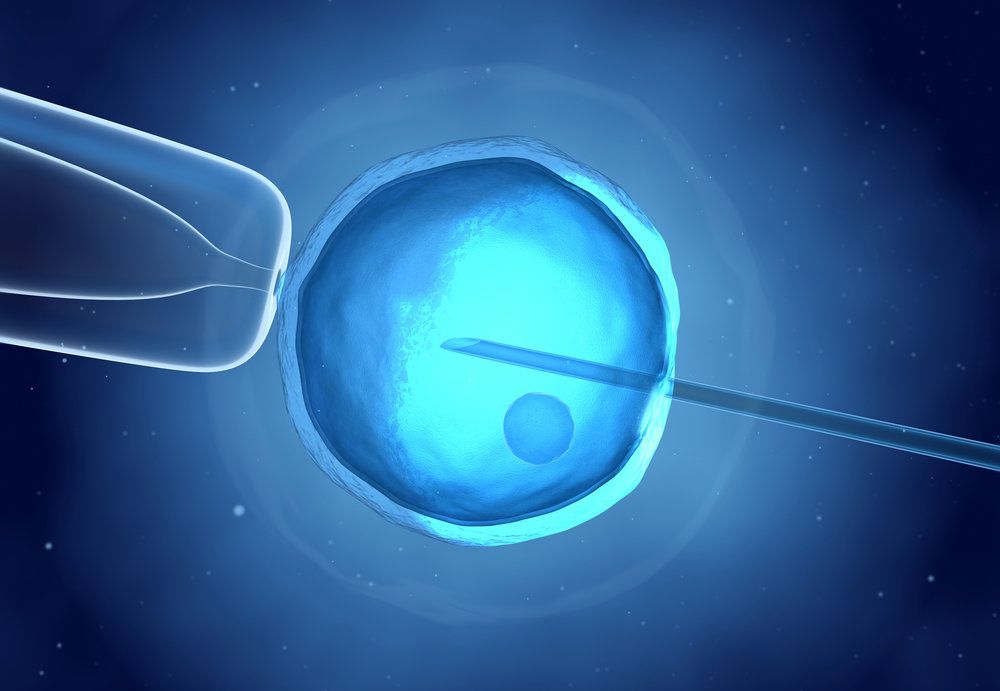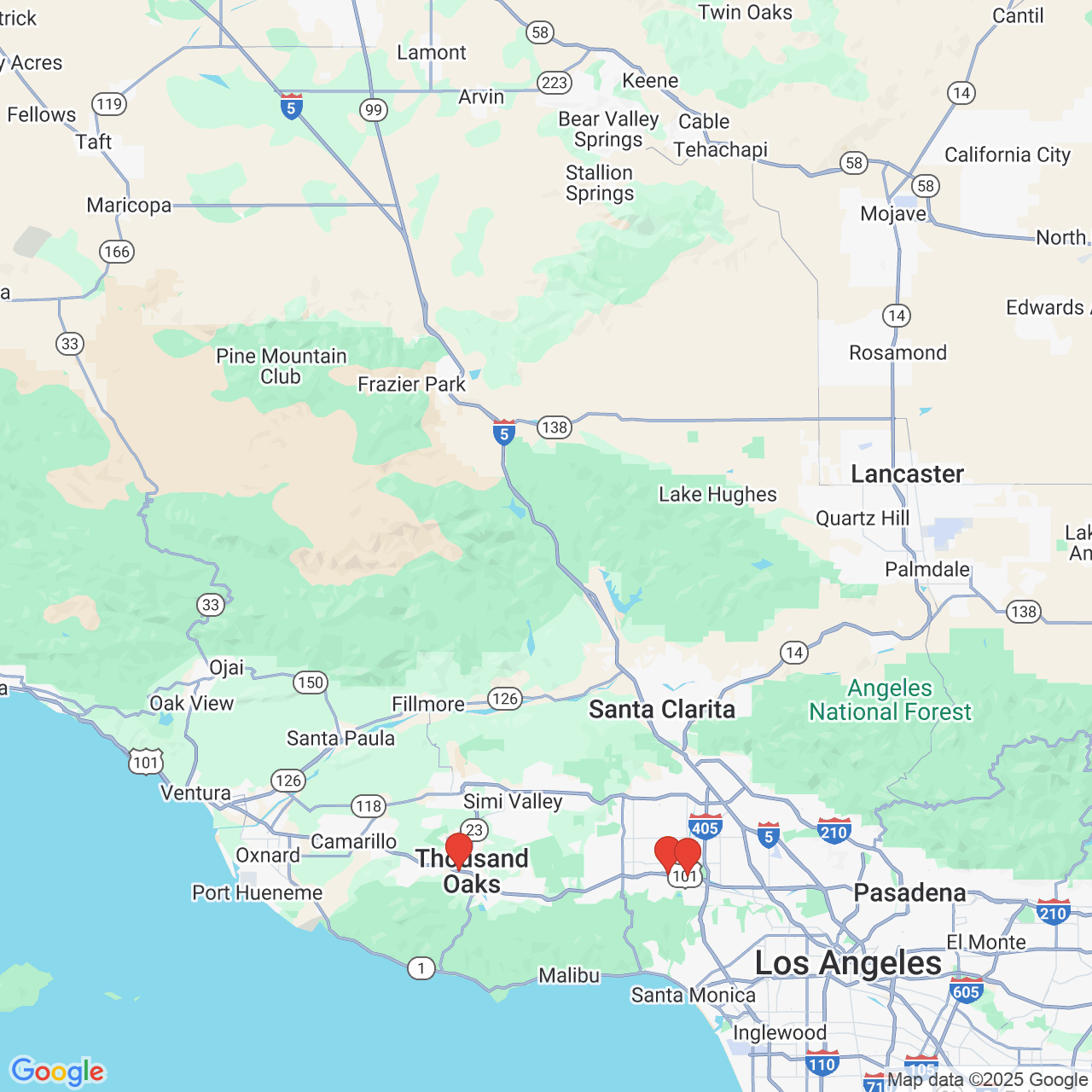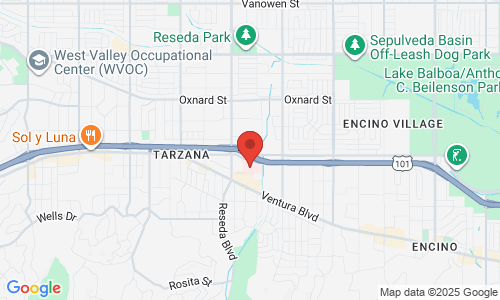Advanced IVF Fertilization
When patients undergo IVF fertilization at our Los Angeles, CA-area practice, skilled fertility technicians select the healthiest sperm and eggs to maximize the chances of conception.
In vitro fertilization treatment has helped many hopeful parents around the world to grow their families, and has resulted in consistently high success rates. The IVF process involves several steps. Treatment begins with ovulation induction through the use of fertility medications, followed by the retrieval of the eggs, fertilization within our laboratory, and the transfer of the embryo to the mother's uterus or to a gestational surrogate. Some patients might also choose to use donated eggs. If you would like to learn more about the fertilization process, or the different techniques that we use, please contact our practice today and schedule an appointment with Dr. Michael Vermesh or Dr. Tannaz Toloubeydokhti.

The Laboratory Fertilization Procedure
After retrieving sperm from a partner or donor, the sample will be prepared. This involves the removal of chemicals that can interfere with implantation, and the separation of the sperm from the seminal fluid to improve the fertilization capabilities of the male sample. Once the sample has been prepared, the healthiest sperm will be selected and placed in a laboratory dish with an egg to facilitate fertilization.
If the male partner has fertility issues such as poor sperm motility, we can perform a procedure called intracytoplasmic sperm injection (ICSI). ICSI is a procedure that places a single sperm directly into the center of an egg. This technique was originally intended for severe male infertility factors, but can also be performed if we have a limited number of eggs, the couple has a history of unexplained infertility, or if the sperm or eggs have been frozen. ICSI has helped many couples conceive, and Dr. Vermesh or Dr. Toloubeydokhti can determine if it is appropriate for your case.
Pre-implantation Genetic Diagnosis
After fertilization has occurred, the embryos become eligible for PGT-M (PGD) testing. This technique allows us to screen for genetic conditions and chromosomal abnormalities. When the embryos are five days old, PGT-M (PGD) can be performed by removing several cells for analysis. We can then test for an abnormal number of chromosomes and conditions that are caused by single gene defects. PGT-M (PGD) can also be performed to determine the sex of embryos.
After the cells are removed, our technicians employ various techniques to analyze the genetic makeup of the embryo. Using all of the information gathered during testing, we are able to select the healthiest, most viable embryos for transfer into the uterus. Numerous studies have shown that PGT-M (PGD) is a safe and effective procedure, and can greatly benefit hopeful parents who are carriers of genetic conditions that they do not want to pass on to their children.
Make an IVF Appointment
If you would like more information about the IVF procedure or any of the steps involved, please contact our offices to schedule a consultation with one of our physicians. We look forward to providing you with excellent care you deserve, and helping you to experience the joys of parenthood.






